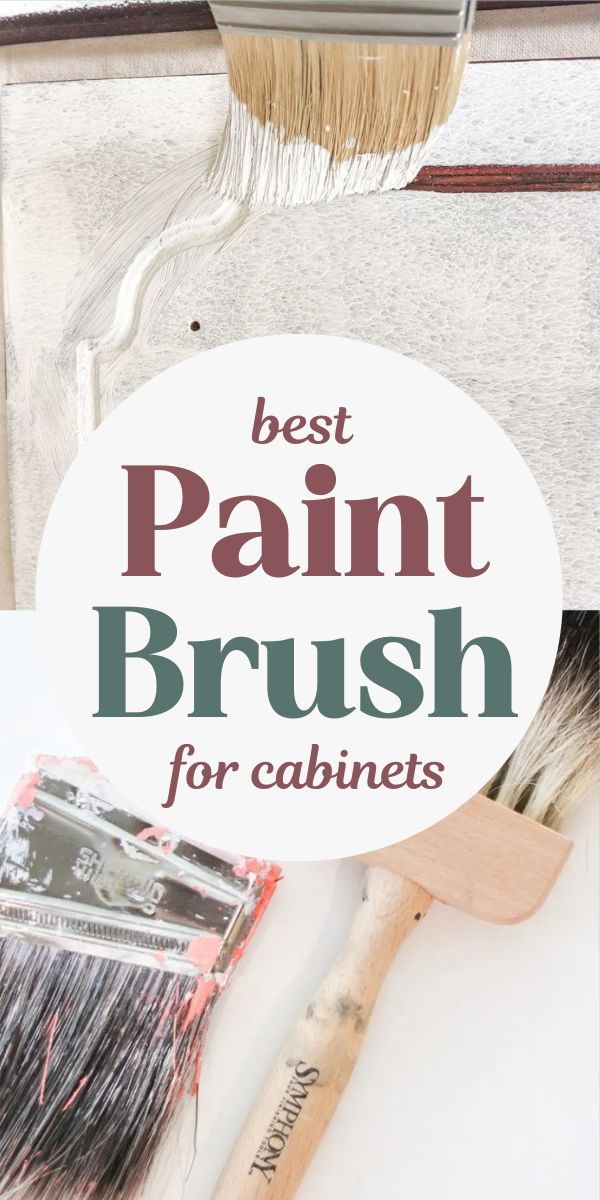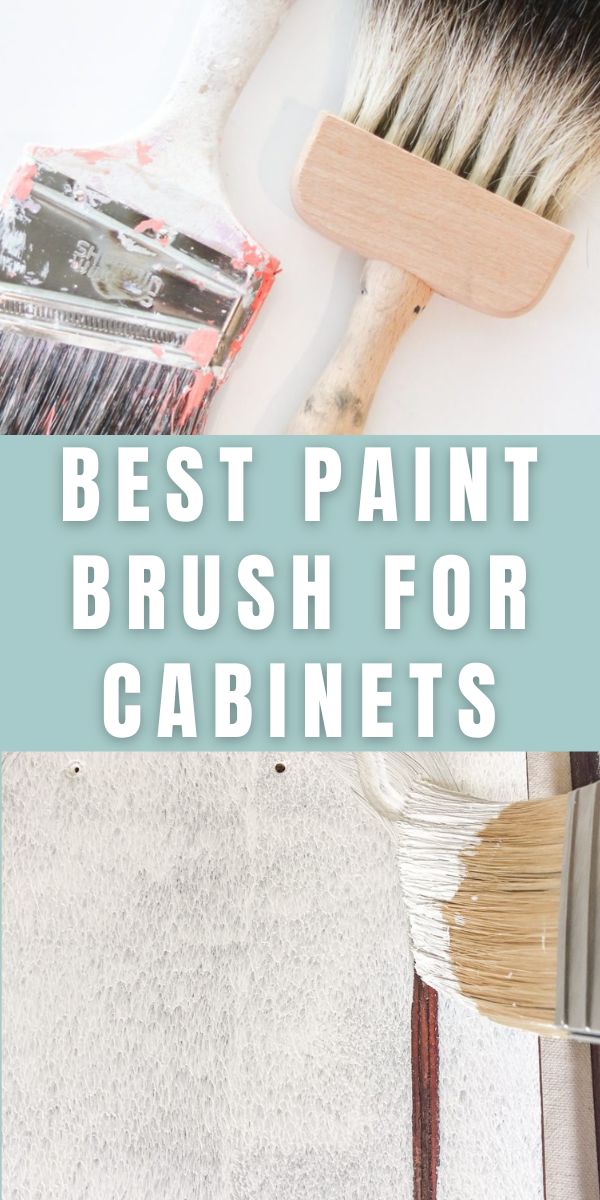Getting ready to paint your cabinets can be an exciting DIY project, but figuring out the best paint brush for cabinets can feel a bit overwhelming. The right brush can make a world of difference in the look and longevity of your finished cabinets.
So, how do you choose the best paint brush for cabinets? Let's dive in!

Different brushes work better for different types of paint and surfaces, so it's important to know what to look for. You’ll want to consider factors like the size of the brush, the type of bristles, and the brush style.
These choices can affect how smooth your paint application turns out and how well the paint adheres to the surface. Whether you're dealing with detailed edges or large, flat surfaces, understanding these aspects will help you choose the right tools for a professional finish.
What to Consider When Choosing the Best Paint Brush for Cabinets
Brush Sizes
Brush size plays a key role in achieving the best results when painting cabinets. Using the right size brush for different parts of your cabinets ensures you get even coverage and minimizes visible brush marks.
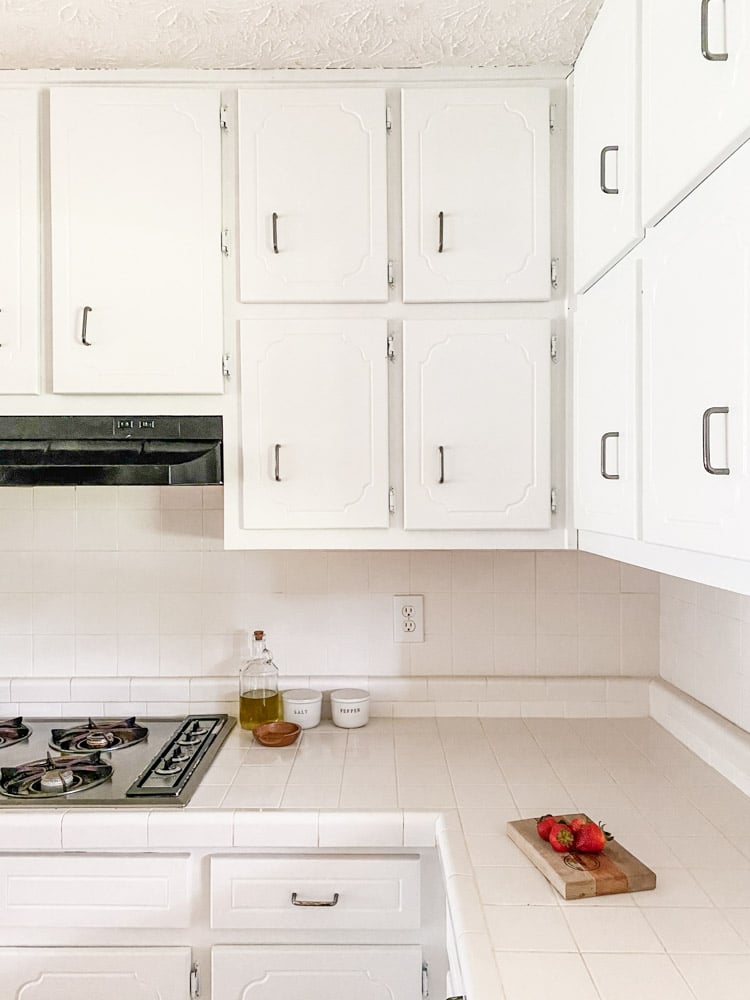
Smaller brushes, like those that are 1 to 2 inches wide, are perfect for tight spots and intricate details, such as the edges of cabinet doors or decorative trims. They offer great control, helping you get into those nooks and crannies without making a mess.
On the other hand, larger brushes, ranging from 3 to 4 inches, are ideal for broader, flat surfaces. They cover more area quickly and can help reduce the number of edge strokes, leading to a smoother finish.
When you're planning your cabinet painting project, it's a good idea to have a few different sizes on hand. This way, you can easily switch between them depending on the area you're working on. Having a range of sizes will make the process smoother and help you achieve a professional look without too much hassle.
Synthetic vs. Natural Bristle Brushes
The type of bristle you choose can make a big difference in your painting experience and final results.
Synthetic bristles, typically made from nylon or polyester bristles, are fantastic for water-based paints like latex paints. With soft bristles, synthetic brushes offer a smooth application and minimize brush marks, making them a great choice for achieving that sleek, smooth finish on your cabinetry.
Plus, synthetic bristles are known for their durability and easy cleanup.
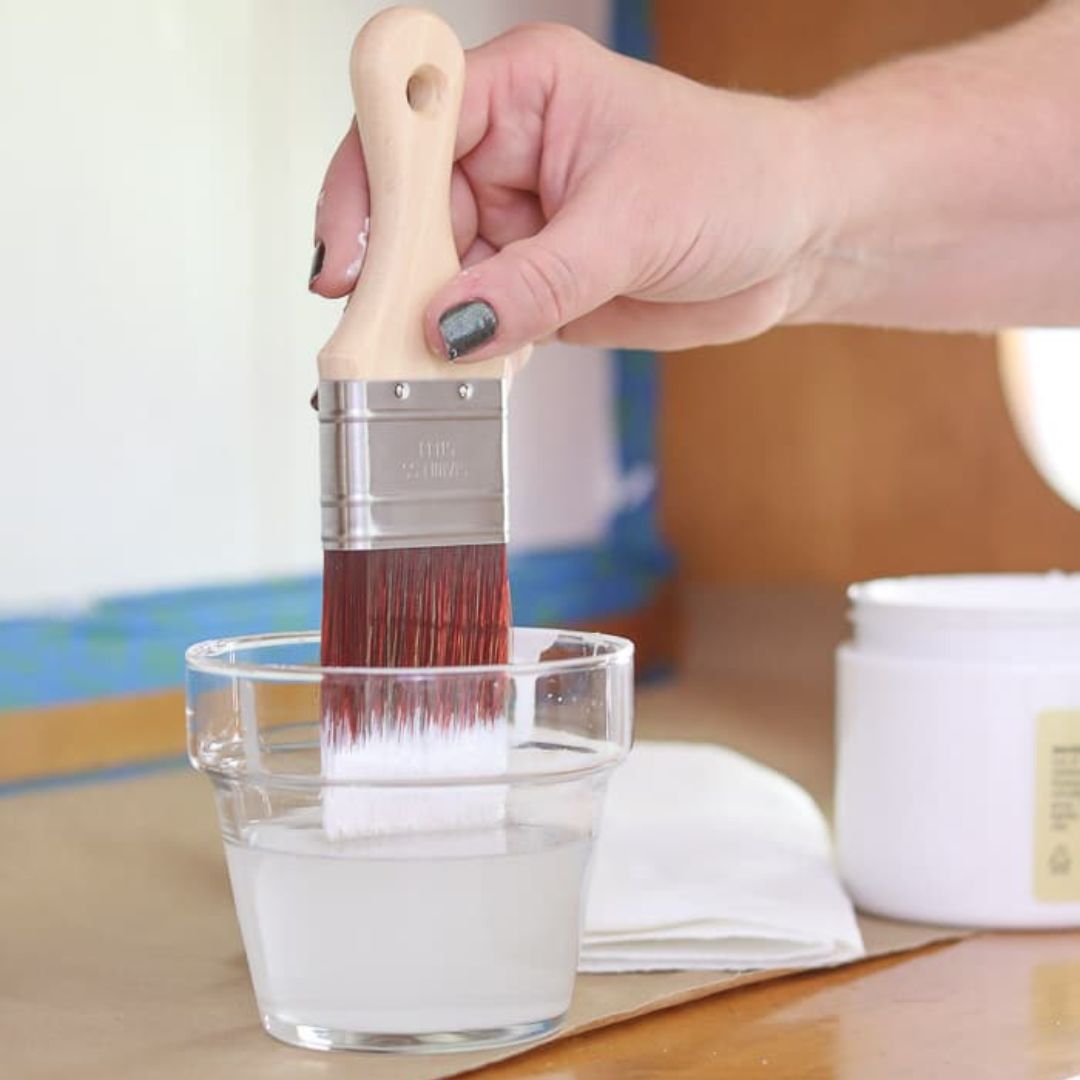
On the flip side, natural bristles, which are made from animal hair, are best for oil-based paints. They have the ability to hold more paint, providing excellent coverage and helping to reduce the number of brush strokes needed. This can give your cabinets a rich, professional look.
However, natural bristles can be a bit more delicate and might not last as long as their synthetic counterparts.

When choosing between synthetic and natural bristles, think about the type of paint you’ll be using and the finish you want to achieve. Each has its strengths, so matching the bristle type to your specific needs will help ensure the best outcome for your cabinet painting project.
Angled Brushes
Angled brushes, or sash brushes, are a fantastic choice for those tricky spots on your cabinets.
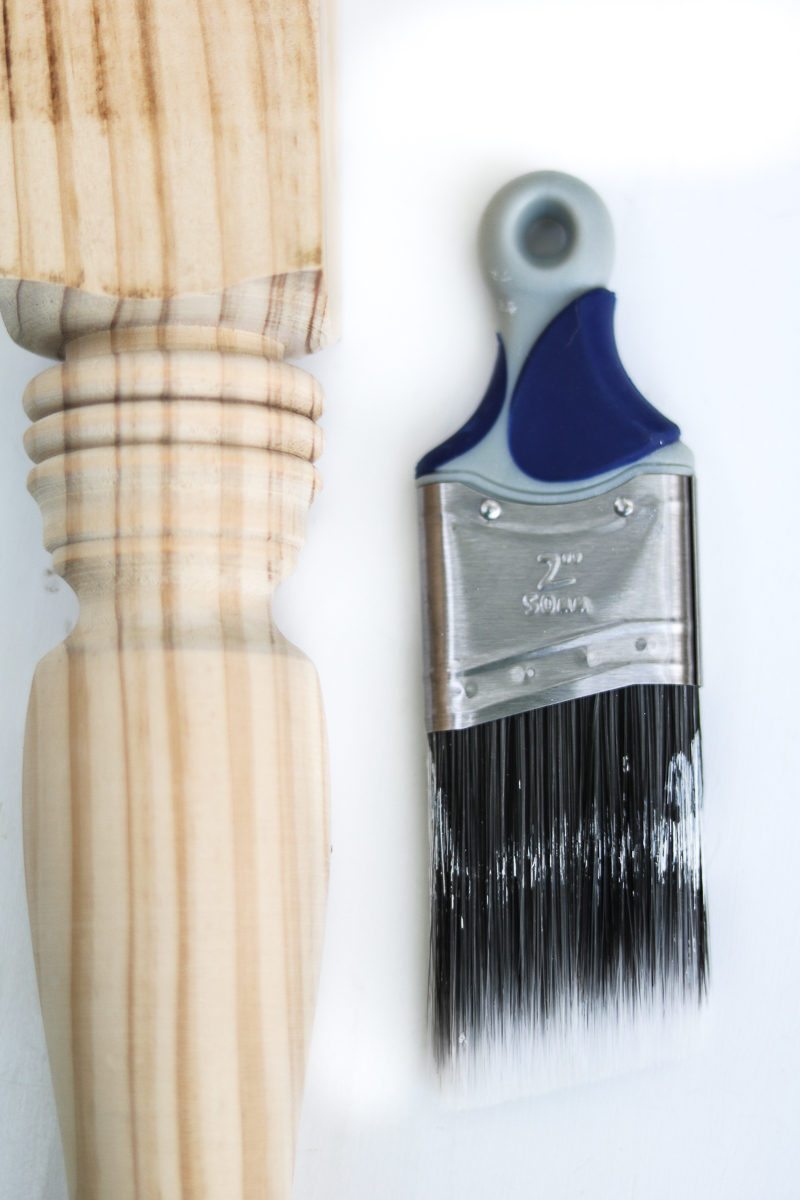
They have a slanted edge that makes it easy to cut along edges and reach tight corners, providing excellent control and precision. This angle design makes them particularly useful for painting around cabinet doors, hinges, and other small, detailed areas.
One of the key benefits of an angled sash brush is its versatility. While they shine in detailed work, they can also handle broader strokes when needed. This makes them a great all-around tool for various parts of your cabinet painting project.
They can get into the hard-to-reach spots where flat brushes might struggle, ensuring you get an even coat of paint everywhere.
However, it's worth noting that angled brushes might take a bit of practice to master. Their unique shape can feel different compared to a standard flat brush, but once you get the hang of it, the precision and control they offer are unmatched.
They’re especially great for creating clean lines and smooth edges, which are crucial for a polished, professional look.
So, if you’re looking to tackle those tight spaces and detailed areas with ease, an angled brush is definitely a tool you'll want in your arsenal.
Flat Brushes
Flat brushes are a staple when it comes to painting a large, flat surface area like the sides of your cabinets or wide cabinet doors.
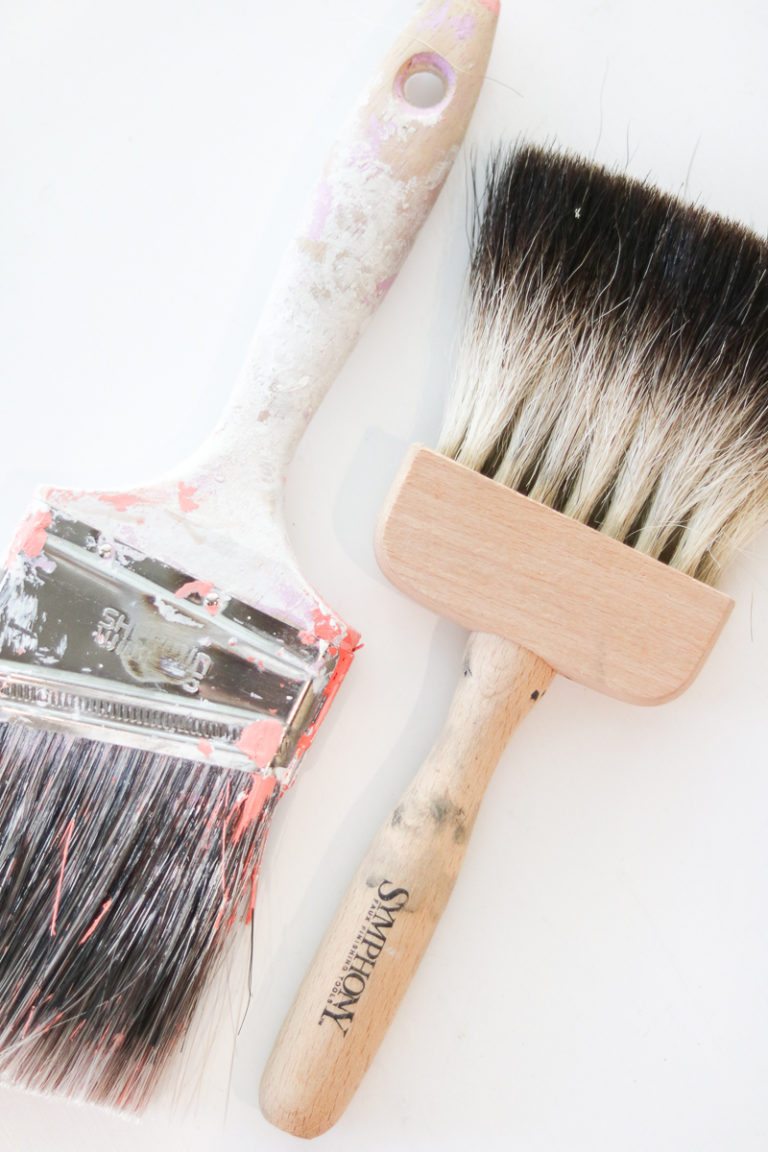
Their design allows for even paint distribution across cabinet surfaces, which helps minimize brush strokes and streaks and achieve that smooth, professional finish we all want.
These brushes are perfect for covering broad areas quickly and efficiently, making your cabinet painting project go a lot faster.
But flat brushes aren't just for speed; they excel at laying down an even coat of paint and avoiding imperfections. This is particularly useful for water-based paints, which can sometimes dry too quickly and show brush strokes if not applied evenly.
The broad, flat surface of the brush helps distribute the paint more uniformly, giving you a cleaner, smoother look like we achieved on my daughter's kitchen cabinets.
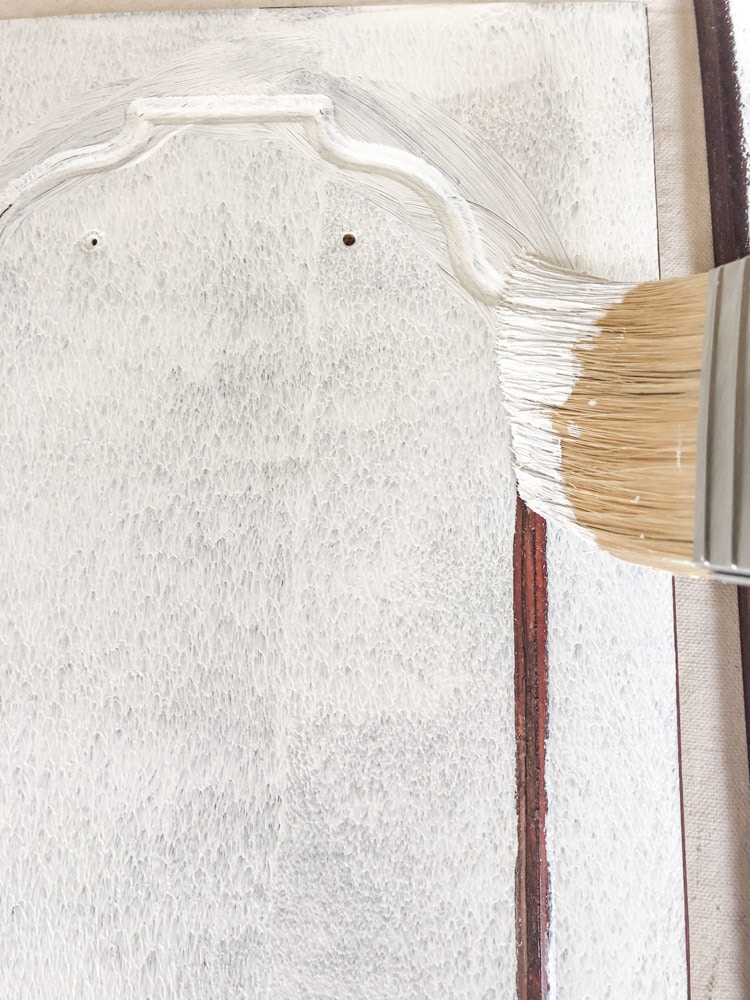
However, flat brushes have their limitations. They aren’t the best choice for tight corners or detailed areas. That's where a smaller, angled brush would come in handy, allowing you to get into those nooks and crannies with precision.
So, while a flat brush is fantastic for a smooth surface on big jobs, you'll likely need a few other types of brushes to tackle the entire project.
Foam Brushes
Foam brushes or a foam roller are a versatile option worth considering for your cabinet painting project. They are particularly effective at providing a smooth, brush mark-free finish if you go with a lent free one, which is great for achieving that professional look.
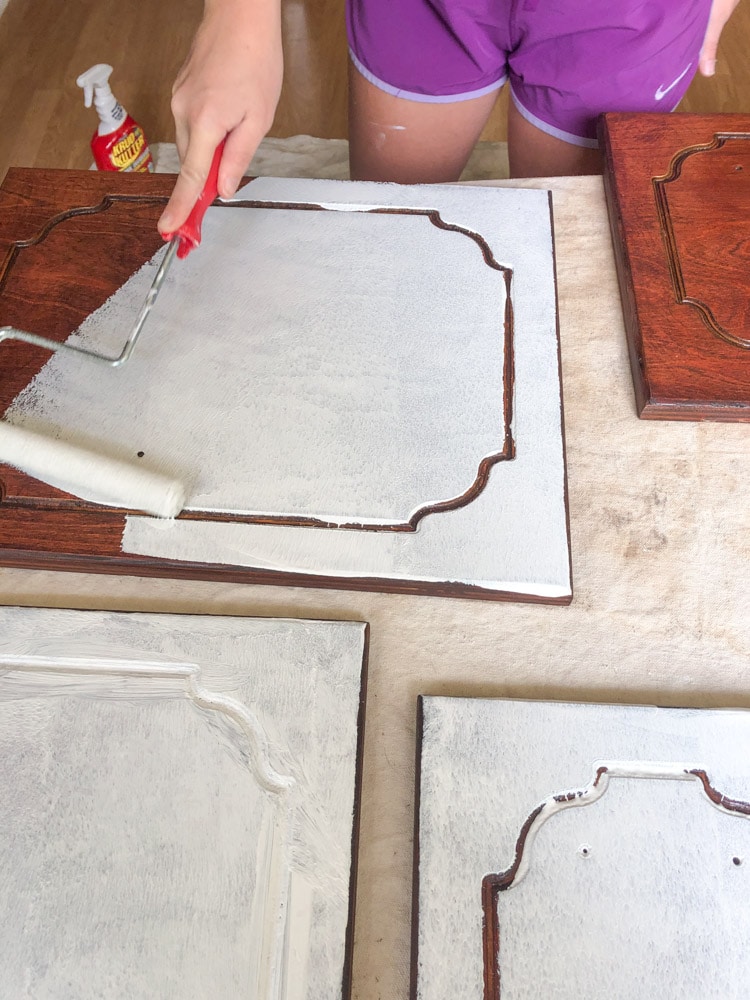
The foam material effortlessly conforms to various surfaces, making it easy to get an even coat of paint on both flat and contoured areas.
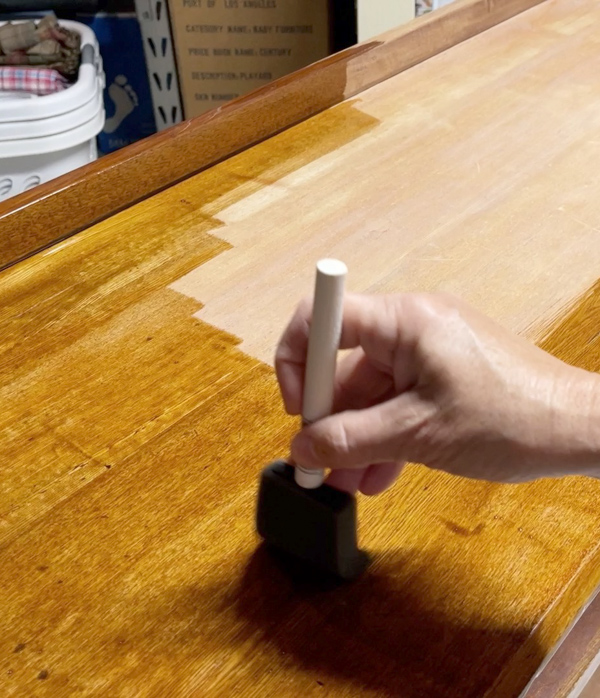
One of the major advantages of foam brushes is their affordability. They are typically much cheaper than traditional bristle brushes, which makes them an economical choice, especially if you're working on a budget.
Plus, since they are disposable, you won't have to worry about extensive cleaning afterward. Just use them and toss them when you're done!
However, foam brushes aren't without their downsides. They tend to wear out quickly, especially when used with thicker paints, and they may not hold up well for large or highly detailed projects.
Additionally, foam brushes may struggle with detailed work, as they lack the precision that angled or smaller brushes provide.
Despite these limitations, foam brushes can be incredibly handy for quick touch-ups or smaller, less intricate tasks. They’re particularly useful for applying thin, even layers of paint, which can help you achieve a flawless finish on your cabinets.
Just keep in mind their strengths and weaknesses when deciding where to use them in your painting project.
Maintenance Tips for Paint Brushes
Taking care of your paintbrushes properly can really make them last longer and keep them in good shape for future projects.
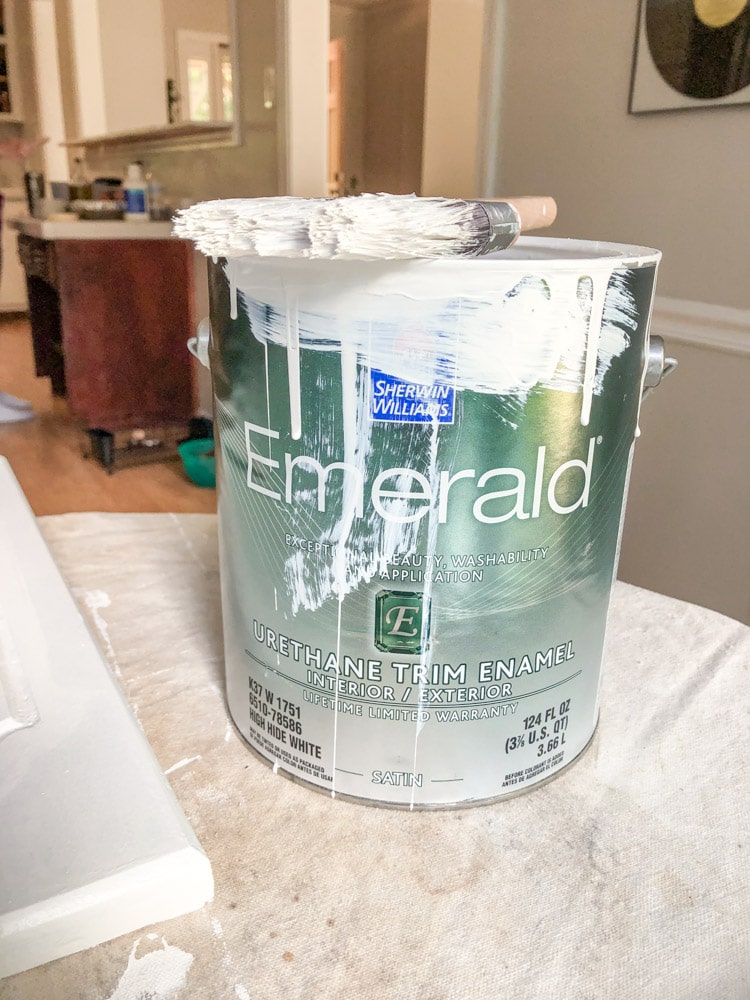
After you're done painting your cabinets, it’s important to clean your brushes right away. If you used water-based paint, just rinse them with water.
For oil-based paints, you’ll need mineral spirits or paint thinner. Gently work the cleaning solution through the bristles to get all the paint out.
An old professional painter once told me after you clean your brush put the handle between your hands and spin the brush. This allows the water and any paint residue to come down instead of staying up inside the brush.
Once they’re clean, reshape the bristles with your fingers so they dry in the correct form. Lay them flat on a towel to dry, or if you have a way to hang them, that's even better. Keeping them in a cool, dry place is crucial to prevent any mildew or damage to the bristles.
Don’t forget to check your brushes for any leftover paint before storing them. It’s easy to miss a spot, and dried paint can ruin your brush’s performance.
By following these simple steps, your high quality paintbrushes will be ready to help you achieve that perfect finish on your next cabinet painting project.
Best Brush for Painting Cabinets
Now that we've covered the reasons why, let's dive into some of my top paintbrush recommendations!
- Purdy white china bristle brush (this one is fantastic for cutting in trim too)
- Purdy white china bristle straight edge brush
- Mohair roller
- Zebra (all the brushes are fantastic and work beautifully with chalk paint too)
Final Thoughts on How to Choose the Best Paint Brush for Cabinets
So, there you have it! Large projects like painting your cabinets deserve the best tools for the job. And finding the right paint brush for your cabinets doesn't have to be a daunting task.
By considering factors like brush size, bristle type, and whether you need an angled or flat brush, you can take comfort that your choice will help you achieve a professional finish.
For most cabinet painting projects, a mix of brushes will come in handy. Synthetic bristles work great with water-based paints, while natural bristles are perfect for oil-based ones. And don’t forget the foam brushes for those smooth, even coats!
With these tips, you’re ready to pick the perfect tools and transform your cabinets into a stunning focal point of your home from the first coat to the final coat.
If you're looking for more tips and tricks on painting, check out these posts:
- How to Paint Cabinets Without Sanding
- Best Painting Tools List
- How to Paint a Front Door Without Removing It
Happy Decorating!

